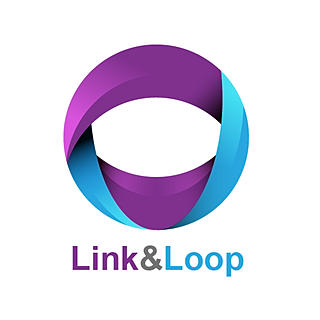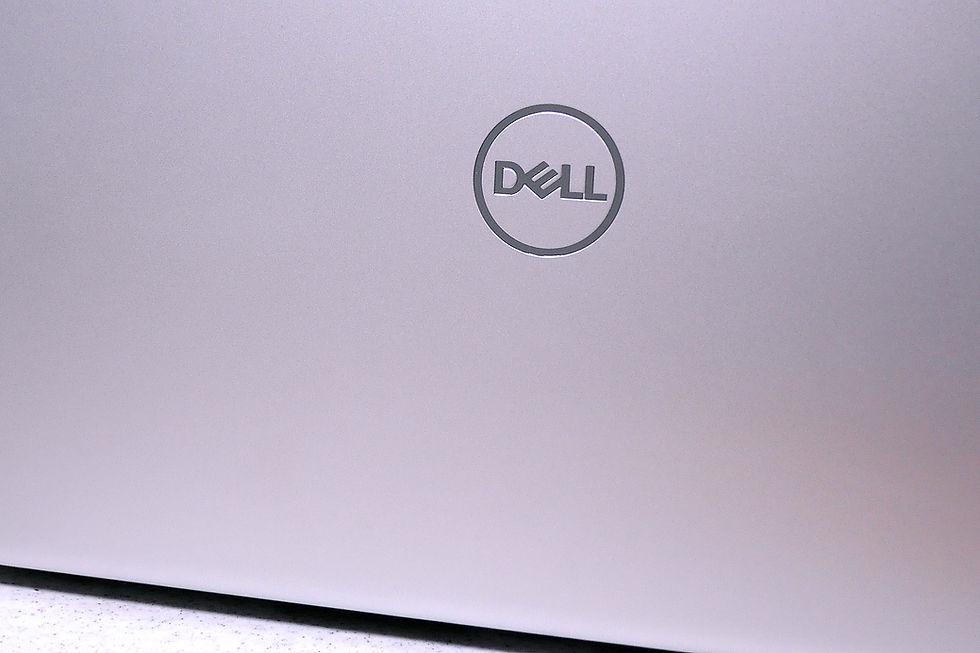From B2T to B2B to T2T: Technological Revolution of the Textile and Polyester Industry
- Link and Loop
- Jan 26, 2019
- 3 min read
Updated: Jul 1, 2020

About FENC
FENCC’s business also covers other sectors, such as construction, philanthropic organizations and transportation. They have partnerships with leading brands from both the textile and beverage industries Several major textile companies have discussed transitioning to 100% recycled polyester by 2025.
While B2T means bottle-to-textile, B2B, means bottle-to-bottle. This implies that after the right processes, recycled bottles can be turned into textile or bottles. T2T is short for textile-to-textile, again after a certain process clothes and textiles can be used again in newly-made clothes.

Taiwan Leading the Way in Polyester Recycling
In the last 30 years, the government of Taiwan has pushed businesses to set up a system to deal with the ever-growing hard-to-recycle polyester. With the authorities’ support, three firms established the first factory in Taiwan focusing on resource recovery. This has been a journey full of challenges and it is currently only being carried on by FENC. However, some good news, 95% of plastic bottles are recycled thanks to this system in Taiwan. This is the highest polyester recycling rate in the world.
Bottle Recycling Industry - How It is Done?
The process for recycling is rather complicated. If we use bottle recycling as an example we see the multitude of steps needed to complete this process. Firstly, the bottles need to be washed, cleaned of tags and separated from their caps. Secondly, the bottles are divided in two categories – “colored” and “transparent.” Thirdly, the bottles are crushed into small pieces commonly known as flakes. Fourthly, flakes have to be sanitized and graded. The “transparent” flakes are melt-granulated into chips for the production of fibers, yarn and clothes; or they can undergo the B2B process to become bottles again. The “colored” flakes are used for staple fibers and other usages. Lastly, the caps which are composed of polypropylene (PP), the tags which are made of PE or PVC can be recycled into plastic palettes for shipping goods.
Recycled Polyester is Important in Reducing CO2 Emission
In Taiwan, approximately 70% of recycled polyester is turned into fiber and textile; and only 30% or less is for other uses. Taiwan’s laws ban recycled materials from going back into food packaging, therefore firms can only sell flakes for packaging abroad. An important fact is that over 70 million tons of polyester is produced worldwide every year. However, globally we are only recycling 55% of it - 12 million tons of bottles. Recycling polyester can save more than 50% CO2 emission a year when compared with traditional PET product manufacturing.
Initiative Combining Recycling and Business
“Parley for the Oceans: Ocean Plastic Recycling” was started by the NGO Parley. They are collaborating with Adidas who is partnering with FENC. Adidas’ products are increasingly composed of recycled and processed marine waste, thanks to initiative such as the one from Parley. Another noteworthy example are the jerseys from the Golden State Warriors team and the football team of Brazil and England who are made of fiber and textile that underwent the B2T process.
Concluding Points
- FENC helped push Taiwan to have one of the highest bottle recycling rates globally, achieving 95% collection.
- Innovative partnerships such as with Parley and Adidas help add value to previously worthless ocean waste.
- Many challenges remain for recycling textiles, but closing the loop on clothes will lead to massive environmental benefits.
*This is speech summary from the Link and Loop Conference which was edited and compiled by the Link and Loop team. It was written and reported with the best available knowledge from the talk. There may be information discrepancies. Please contact the speaker for clarifications.




Comments